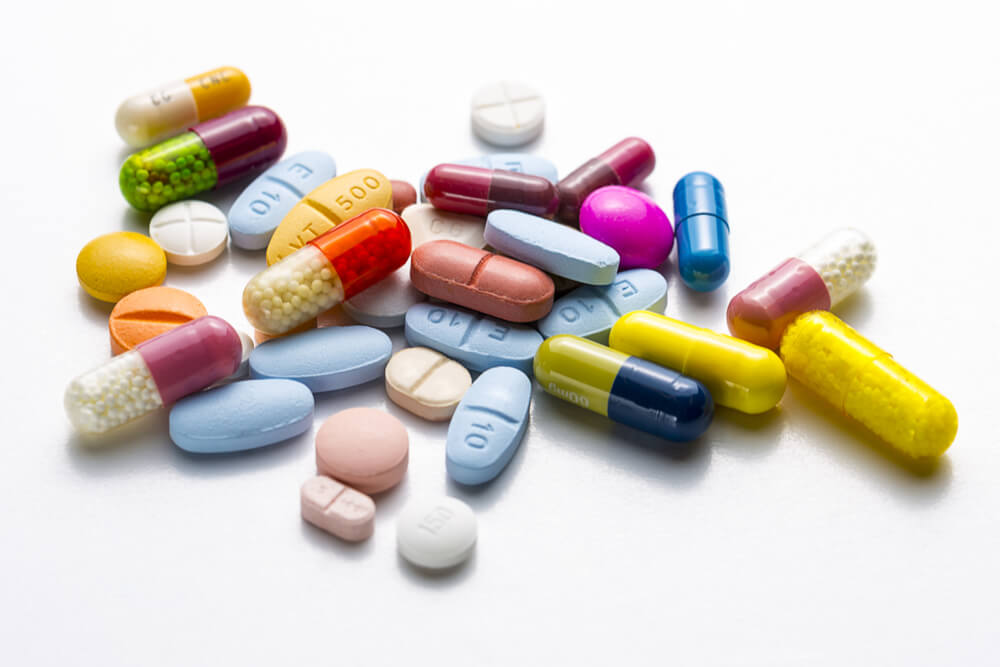HS codes and incorrect classification of medicines
July 31, 2023Incorrect classification of Medicines: A Case Study on HS Codes and Botox and Pharmaconsulta Ltd’s Response
Accurate classification of products under Harmonized System (HS) codes is crucial for international trade. This case study focuses on Botox and the negative consequences of its misclassification. Pharmaconsulta Ltd encountered this issue during their international trade operations and responded with strategic measures. The report delves into the reasons behind the misclassification, its impact on customs clearance and tariffs, and how Pharmaconsulta Ltd tackled the issue to ensure compliance.
In international trade, Harmonised System (HS) codes are essential for accurately categorising products and streamlining tariffs and customs processing. To prevent disagreements and potential legal problems, it is imperative to classify products correctly under the proper HS code. This case study, which centres on Botox (Botulinum Toxin Type A), demonstrates the negative effects of misclassifying medications.
The Harmonized System (HS) is an international nomenclature for the classification of goods, developed and maintained by the World Customs Organization (WCO). HS codes are used by customs authorities worldwide to uniformly categorise products for customs clearance, tariff calculations, and statistical purposes. Accurate HS code classification is crucial to avoid delays, disputes, and legal ramifications. This case report sheds light on a real-life scenario involving the incorrect classification of Botox, a widely used medicine, and the subsequent repercussions.
Botox is a purified neurotoxin protein derived from the bacterium Clostridium botulinum. It is commonly used both for therapeutic and medicinal purposes.
Pharmaceuticals are categorised by their purpose, how they are formulated and if they are meant for retail sales (Classifying Pharmaceutical Products and Placebos for Import and Export, n.d.). Medicinal products which contain an active substance are classified by their active substance. The main active ingredient in the case of botox is Botulinum Toxin Type A. This does contain a number of excipients which help stabilise, dilute and maintain the pH. Some examples include human albumin, sodium chloride, phosphate buffer and sucrose. In 2021, Pharmaconsulta Ltd sought to purchase Botox but encountered an incorrect HS code assignment (30029090) from the supplier instead of the appropriate code (3004900). The supplier based the classification on the primary excipient, human albumin, leading to miscategorization under “Human blood; animal blood prepared for therapeutic, prophylactic or diagnostic uses; vaccines, toxins, cultures of microorganisms, and similar products.” The misclassification could have had significant consequences for Pharmaconsulta Ltd, including:
- Customs Disputes: Delays at ports of entry due to disagreements with customs authorities.
- Tariff Errors:Incorrect tariffs and increased costs affecting the company’s profitability.
- Regulatory Non-Compliance: Botox not meeting proper regulatory requirements.
Before Brexit, Botox was classified under a specific HS code for medicinal products. However, the International Trade Administration categorised it under a broader classification of human blood and related products. This incorrect classification caused disputes and delays in customs clearance, impacting importers and exporters dealing with both the UK and the EU.
In India, Botox is classified under a separate HS code for drugs and medicines, indicating regional differences in HS code classification practices.
In the United States, the classification of Botox has undergone revisions, with initial placement under a cosmetic and skincare preparation code, and later reclassification as a toxin for medical treatment purposes.
In the Harmonized Tariff Schedule of the United States (HTSUS), BOTOX® Cosmetic was initially classified under code 3304.99.5000 in 2012. However, this classification was later revoked in 2014, and Botox was correctly reclassified under subheading 3002.90.51. This subheading pertains to “Human blood; vaccines, toxins, cultures of microorganisms (excluding yeasts), and similar products: Other: Other.”
The classification issue was addressed based on a distinction made by the U.S. Customs and Border Protection (CBP) between similar products. CBP classified JuvédermTM Dermal Filler, indicated for skin care and injected into the skin, under heading 3304, while Xeomin®, containing the same type of toxin as BOTOX® Cosmetic and intended for intramuscular injection, was classified under heading 3002. According to CBP, BOTOX® Cosmetic is not a “beauty or make-up preparation” but an intramuscular injection of a toxin, making its proper classification under heading 3002, HTSUS.
2023
Maya Injez Camilleri Sacco



